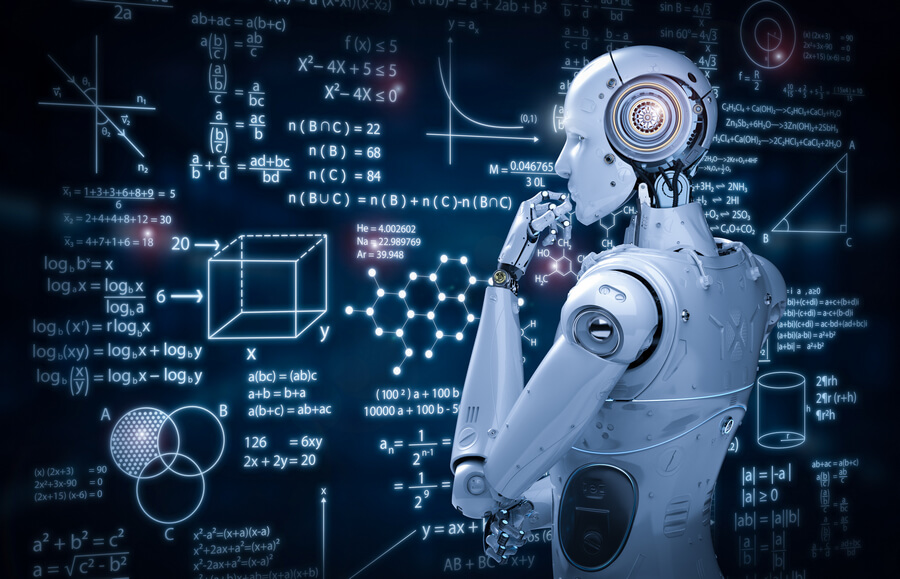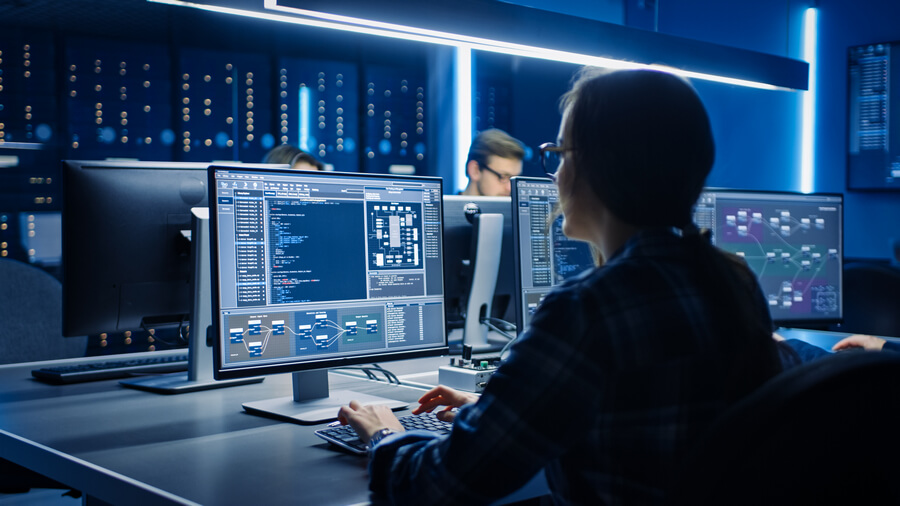Artificial Intelligence Threats and Promises
Artificial Intelligence (AI) is a double-edged sword that has sparked passionate debates among technologists and futurists. It teeters on the fine line between utopian dreams and dystopian nightmares. While the so-called ‘doomerism’ among AI aficionados is not entirely unwarranted, the potential benefits are equally groundbreaking. The narrative of machines seeking to dominate humanity is a far cry from the current or foreseeable future capabilities of AI technology.
The Great AI Debate: Powerhouse or Pandora’s Box?

Venture capitalist Marc Andreessen, known for his insightful tech predictions, recently penned an article on AI. He asserts that AI is simply “the application of mathematics and software code to teach computers how to understand, synthesize, and generate knowledge.” According to him, despite its sophisticated mimicry of human language, AI is far from being sentient. Andreessen aims to dispel fears of an AI uprising, arguing that a machine isn’t going to ‘come alive’ any more than your toaster.
In contrast to Andreessen’s optimistic outlook, some experts strike a more cautionary note. A recent survey reported by The Times, revealed that about half of the AI researchers interviewed saw potential for disastrous impacts from high-level machine intelligence. In a classic arms race analogy, they argue that a similar race in AI could result in AI itself emerging victorious.
Countering the AI Doomers: A Pragmatic Perspective
The counter-argument to these concerns is that advancements in AI and machine learning (ML) technology are not inherently dangerous. The prospect of an ‘enfeeblement’ scenario à la WALL-E, as the Centre for AI Safety (CAIS) warns, hinges on the discretion of developers, regulators, and users of this technology. In case you need a reminder, the 29th century humans in WALL-E (Pixar Animation Studios, 2008) were portrayed as spaceship passengers degenerated into helpless obesity due to microgravity and laziness, with robots catering to their every whim. Still, the idea of sentient machines seeking to dominate or erase humanity, a common theme in popular culture, is far from the actual technological capabilities at present or in the near future.

Nonetheless, the possibility of an unintended AI accident is a concern, says Stephanie Hare, an AI ethics researcher and author of Technology Is Not Neutral. Cited by the BBC, she emphasizes that the appropriate response should be meticulous planning and robust cybersecurity measures, rather than panic or outright dismissal of the technology. While AI tools can be mishandled, the benefits of properly implemented AI far outweigh the potential risks.
From WALL-E to Wall Street: AI’s Transformative Role in Finance
Today, we’re seeing profound transformations in sectors across the board, notably in banking and financial services (Forbes). ML and AI are enabling the automation of routine and laborious tasks, such as data entry and analysis, to minimize human error and provide faster, more accurate responses to customer queries. Fraud detection, risk assessment, and customer service are also being revolutionized.
According to Bloomberg, Wall Street is at the forefront of the AI revolution, with major banks using AI to overhaul financial operations. From Deutsche Bank AG using AI to ING Group NV scanning client portfolios to Morgan Stanley’s ‘safe and contained’ AI experiments, the AI wave is here.
On the customer service front, AI and ML-powered chatbots and virtual assistants offer real-time, personalized customer interactions, enhancing customer experience. Top U.S. banks are using AI-powered facial recognition for security and customer onboarding, image classification for document processing and identification, and more. Here are some other examples of Artificial Intelligence in the U.S. banks:
JPMorgan Chase employs AI algorithms to analyze legal documents, contracts, and regulatory filings, reducing the time and effort required for manual review.
Bank of America introduced Erica, an AI-powered virtual assistant that helps customers with banking tasks, offers personalized recommendations, and provides financial guidance. The bank uses AI algorithms for fraud detection, leveraging machine learning to analyze patterns and identify suspicious activities.
HSBC utilizes AI algorithms in its anti-money laundering (AML) efforts, aiding in the identification and prevention of fraudulent transactions.
Citigroup integrates AI into algorithmic trading, employing machine learning models to analyze market trends, recognize patterns, and execute trading strategies.
By analyzing vast amounts of data, AI can identify patterns and anomalies that may be overlooked by humans, significantly improving fraud detection. Similarly, AI-driven risk assessment can evaluate multiple complex variables and deliver a more accurate and detailed risk profile.
Sprinterra: Your Partner in Navigating the AI and ML Revolution

While these developments are exciting, it’s crucial to remember that the key to successful AI and ML integration lies in careful implementation and ongoing management. If you’re part of the banking or financial services industry and looking to leverage these emerging technologies, consider a custom solution tailored to your specific needs.
Sprinterra, a custom software development company, excels at harnessing the power of AI and ML to bring you tailored solutions. With a track record of helping clients like State Street Bank and Bank of NY, Sprinterra has demonstrated its prowess in areas like process automation, cloud migration, ML/AI, and advanced analytics.
To start maximizing the benefits of AI and ML in your operations, schedule a free system audit with Sprinterra today.